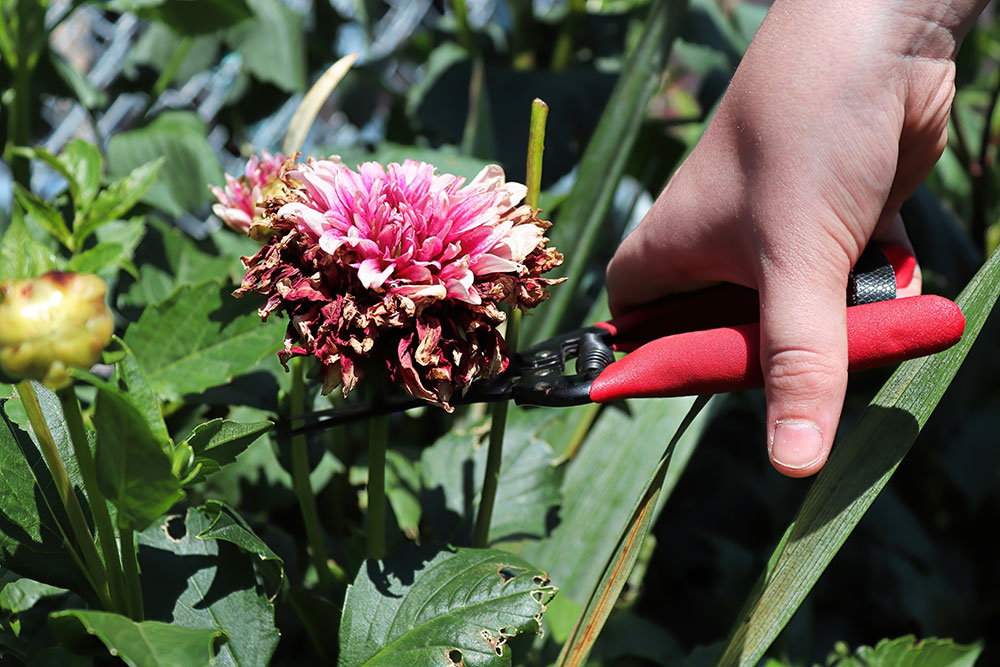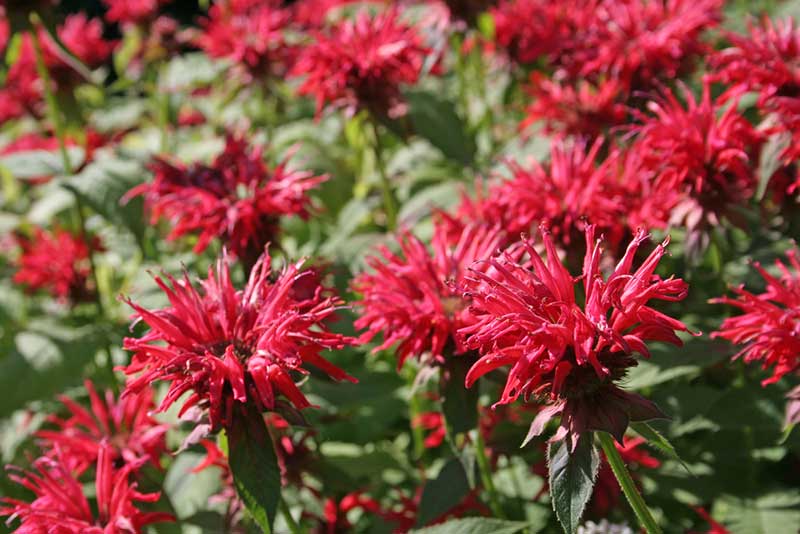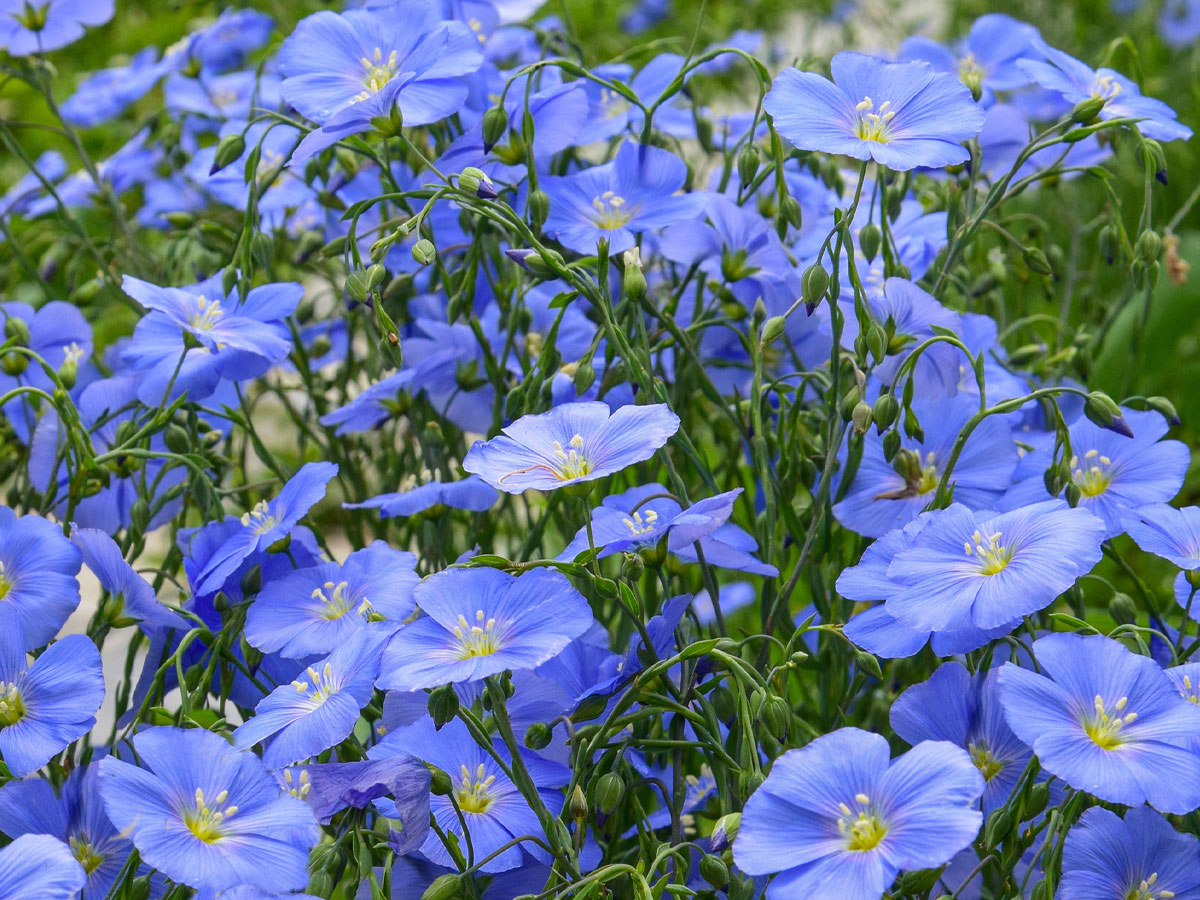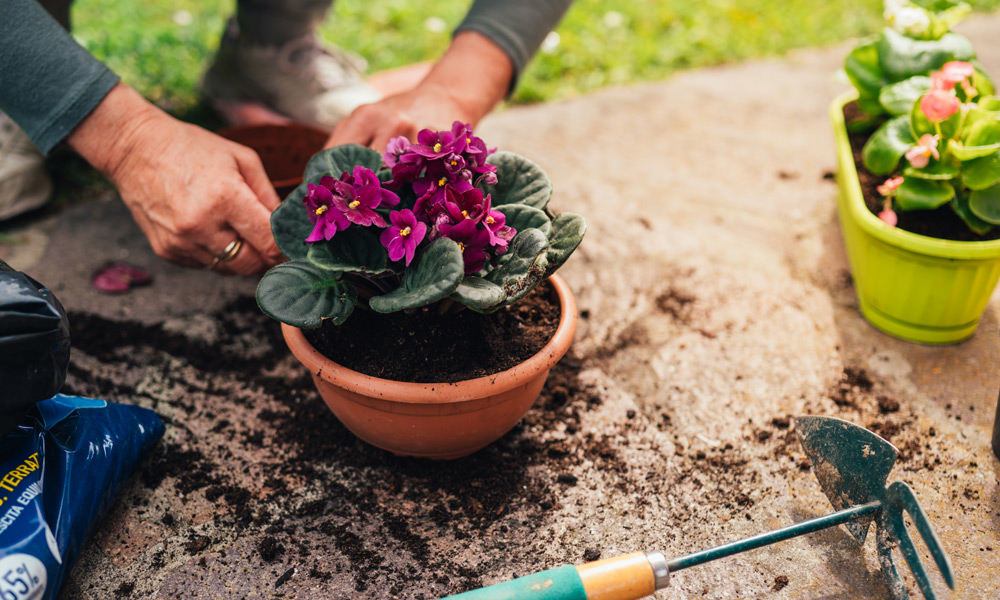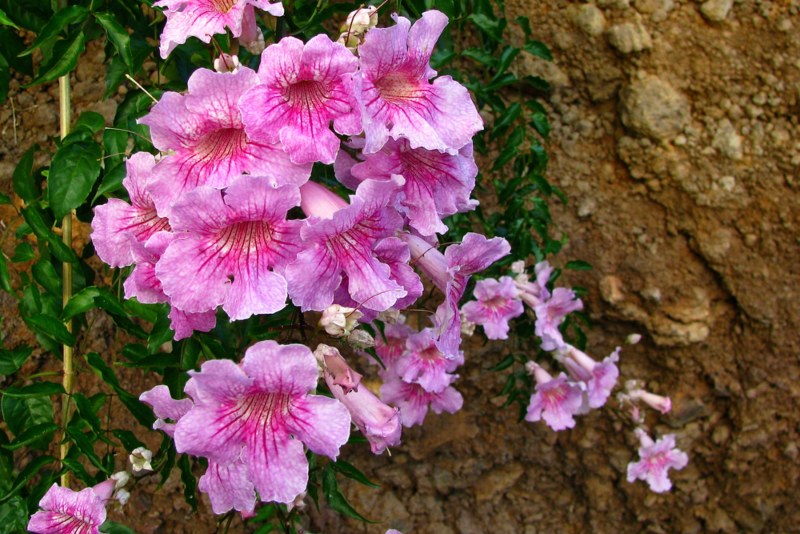
Pandora vine (Pandorea jasminoides), sometimes also called bower vine or the Bower of Beauty, is an evergreen climbing vine native to the tropical forests of eastern Australia. Their vines can grow up to 8 meters (26 feet) in length, producing gorgeous pale pink trumpet flowers with dark centers.
Given the suitable conditions, they’re relatively easy to care for as a houseplant. However, they’re intolerant of cold and drought and so are best suited for more tropical climates. With proper care and conditions, though, they can produce blooms year-round, making them an excellent ornamental plant.
| Botanical Name: | Pandorea jasminoides |
| Common Name(s): | Bower vine, spearwood, wonga vine |
| Plant Type: | Climbing evergreen vine |
| Mature Size: | 8 m (26 ft) |
| Sun Exposure: | Full sun to partial shade |
| Water Needs: | Moist |
| Soil Type: | Any |
| Soil pH: | Any |
| Bloom Time: | Year-round |
| Maintenance: | Medium |
| Flower Color: | Yellow, pink |
| Hardiness Zones: | 9-11 |
| Toxicity: | Not toxic |
Pandora Vine Care
As with most plants, it’s crucial to consider the origins of the Pandora vine when deciding how to care for it. A native plant to Australia’s evergreen and deciduous forests, Pandora vines prefer lots of light, warmth, and water.
They’re not too picky about soil acidity and will adapt to neutral and alkaline soils, though they thrive best with a little bit of acid. They also like lots of water, though they don’t require much supplementation unless grown in an arid climate, such as the American southwest.
Pandora vines are easy to care for outdoors in a suitable climate or indoors under the right artificial conditions. In cooler temperatures, they are tender and need protection, as in a greenhouse or conservatory.
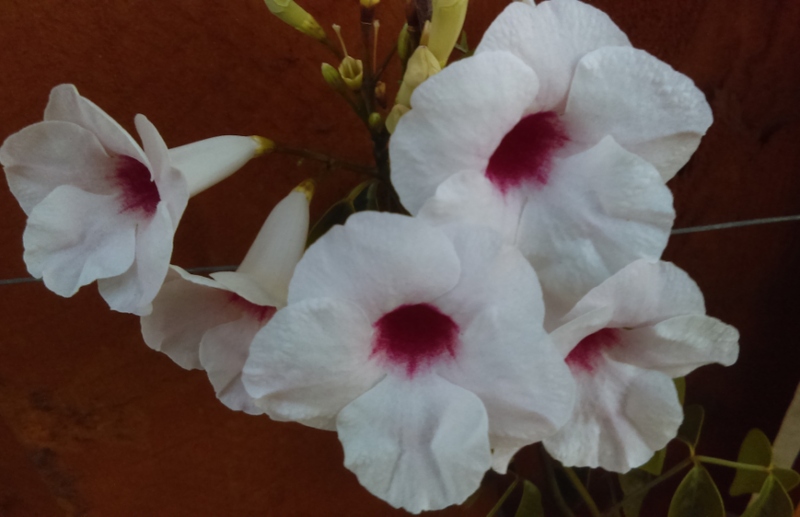
Light
Pandora vines do best with lots of direct sunlight but will tolerate partial shade as well. Having originated on the forest floors of Australia, they will creep and climb to reach the sun they want.
Before planting, choose a suitable location that gets lots of direct sunlight and only partial shade at most. Ensure the vines have something to climb – either an existing structure or dedicated trellis – to keep them from smothering each other.
Water
The regions where Pandora vines grow natively tend to be tropical and humid, so you’ll want to keep them moist. Water them regularly, once a week in well-draining soil, and more often if you live in a drought-prone area.
Temperature and Humidity
These are tropical plants that grow wild in the hot forests of Australia. They do best in USDA hardiness zones 9 through 11, which means they like it about as warm as warm gets. They’re adaptable to a range of humidity levels and even smog-tolerant.
Gardeners in regions that see temperatures below 25 degrees Fahrenheit should bring their Pandora vines indoors during the cooler months. They tend to do well in greenhouses and conservatories with careful attention.
Soil
Pandora vines have a slight preference for mildly acidic soils similar to those from their place of origin. However, these adaptable climbers can tolerate soils of just about any pH. Make sure to use a well-draining, fertile soil with plenty of nutrients and keep it moist.
Fertilizer
To keep your Pandora vine looking its best, you’ll want to fertilize it once a year and once more if your soil is particularly nutrient deficient. Any quality general purpose fertilizer will do, but try to apply strong fertilizers away from the roots to allow them to absorb more gently.
Are Pandora Vines Toxic?
No, Pandora vines have no reported toxicity to humans, pets, or livestock.
Propagation
Pandora vines self-propagate by layering vines and by seeding. You can propagate them yourself intentionally using the same methods. Stem cuttings taken in the summer will also root and can be replanted as a separate plant.
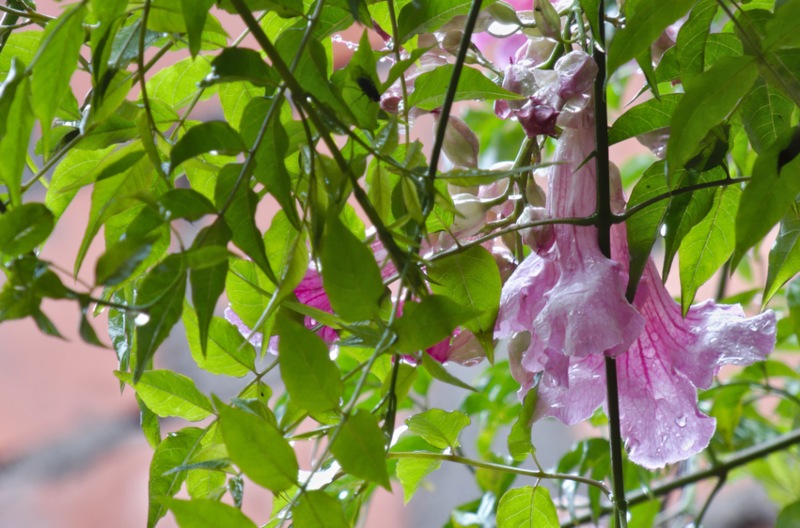
Growing From Seed
Pandora vines can be grown from seeds sown directly outdoors in the spring. Be sure to wait until the coldest days of winter have passed, as frost will kill the juvenile plants.
Plant the seeds with plenty of space for the vines to spread out to avoid overcrowding – six inches or so should be enough. Then cover them with ⅛ inch of soil, and water them regularly to keep the soil moist.
Seedlings begin to emerge somewhere around three weeks after planting, and the vines tend to take off rapidly from there. For best results, choose a location with plenty of room to spread and a suitable structure to climb, like a trellis or pergola.
Deadheading and Pruning
There’s no need to deadhead flowers as they bloom year-round in suitable climates. However, you will want to cut back any dead vines to encourage continuous growth.
In late fall, pruning at least once a year is recommended to keep top growth from getting out of control. But don’t get too heavy-handed with it because Pandora vines like to keep lots of length after pruning.

